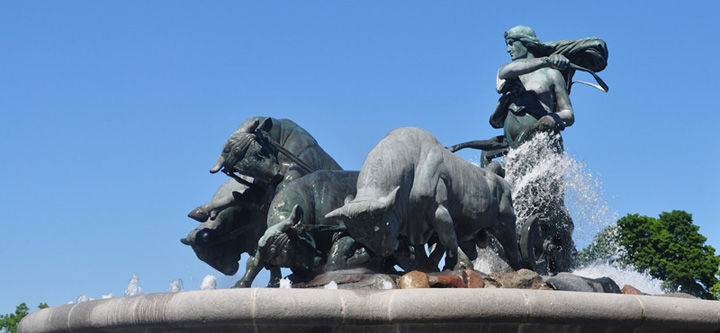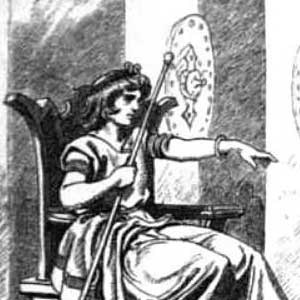The Norsemen visualized the universe in three vertical levels; a tricentric structure. Between each level and its adjacent level was a space.
The axis of the three levels and nine worlds was the Yggdrasill tree, a mighty ash which is timeless, has no origin and will survive Ragnarok.
The first level
- Asgard, world of the Aesir
- Vanaheim, land of the Vanir
- Alfheim, land of the light elves.
The second level
- Midgard, Land of humans (middle world/garden)
- Nidavellir, Land of the dwarfs
- Jotunheim, Land of the giants (Jotuns)
- Svartalfheim, Land of the dark elves.
The third level
- Hel, Realm of the dead
- Niflheim, World of the dead.
If Hel and Niflheim comprised one world, as is suggested in some sources, the ninth may have been Muspelheim (Muspell), the land of the fire giants. This region had no place in the tricentric structure of the universe, and Snorri Sturluson wrote that is was the first world to exist and that is lies in the southern hemisphere. Also, the worlds of Svartalfheim and Nidavellir may have been the same. No valid distinction can be drawn between the dwarfs and dark elves; they appear to have been interchangeable.


 In
In